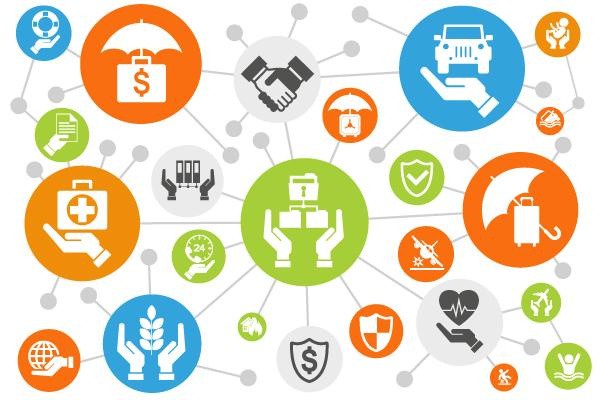
Customers are the holy grail of businesses. Organizations attempting to grow or expand are on a constant lookout for ways to reach more and more customers. Regular marketing campaigns, that were once considered relevant, don't have a colossal kind of impact now.
In order to increase your customer base and beat your competition, you often need to market directly to the source, especially if you cater to the millennial generation.
Data collection is one profound way organizations learn about their audience and how to target them. Data collected from the customers' needs to be analyzed to understand the demographics - one must know what their target audience is interested in, what they need, what are their concerns, and where they're likely to respond to your advertisements. Though it is a sure-sort fact that data can't get overly detailed when an individual is concerned, it is a good practice to identify a group. If you can comprehend data properly, the buyer's personas can be easily understood, which helps in targeting them. One method to use data effectively is data mapping.
So, let us find out what data mapping is and how it can prove useful.
All about Data Mapping
Data mapping involves a process of organizing various bits of data and converts into a manageable and easy-to-understand system. Essentially, data mapping is a mechanism that matches source data fields with target data fields during storage.
In short, it is evident that data does not go by the same organizational standards. For example, data such as a phone number can be present in as many formats as you can imagine. Now, a data mapping tool can take a look at these different phone numbers, recognize them for what they are, and place them all in the same destination field rather than having them drift around by other names.
With data mapping, you can organize the various types of data to use it for the bigger picture. It can help you identify your target audience's behaviour, their commonalities, and figure out a few controversies that you be wary of. Better decisions can be made with the help of this highly accurate information. It allows you to invest less money while you spin your products and services to your audience to boot.
While regular data mapping is extremely useful, it has several limitations as well. At times, it can jeopardize the integrity of results. Machine learning programs can improve the data mapping results greatly. In this blog, you can find the importance of artificial intelligence mapping (AIMap) and know how it can prove useful to deliver better outcomes.
Machine Learning Improves Data Mapping
Machine learning employs inference and a number of patterns to deliver predictions in place of performing a single task. In the earlier example, machine learning can be used to identify phone numbers and assign them to its relevant category for carrying out organizational purposes. Machine learning can also recognize errors such as duplicities, missing values, etc. and deliver accurate results.
Hence, not only machine leaning maps data sources to the target fields, but also maintains data integrity. A lot of time is saved when machine learning is used to clean and unify data.
The cleansed data can then be displayed in a form an organization needs to see it.
For example, geospatial data is route machine learning mechanism can automatically take and deliver. Geospatial data is actually data that is gathered by translating data into a map and position it on the respective routes and locations that your end-consumer each day. AIMap can offer a unique aid to your next campaign for sure.
Simply put, machine learning improves the quality of data mapping, making it more precise and accurate. Machine learning-equipped data mapping tools allow you map data with ease and precision. Unlike, in the case of manual or rudimentary mapping methods wherein, the missing values would remain missing, the redundancies would not be removed. Not to mention, the backlog of information already hiding and in need of sorting in the Internet of Things.
So, if you want to use your data from myriad sources properly to make better business decisions, you must use an AI-equipped data mapping tool. Such a tool will not only improve the data quality, but it will also improve the quality of outcomes as well.
© 2025 NatureWorldNews.com All rights reserved. Do not reproduce without permission.





